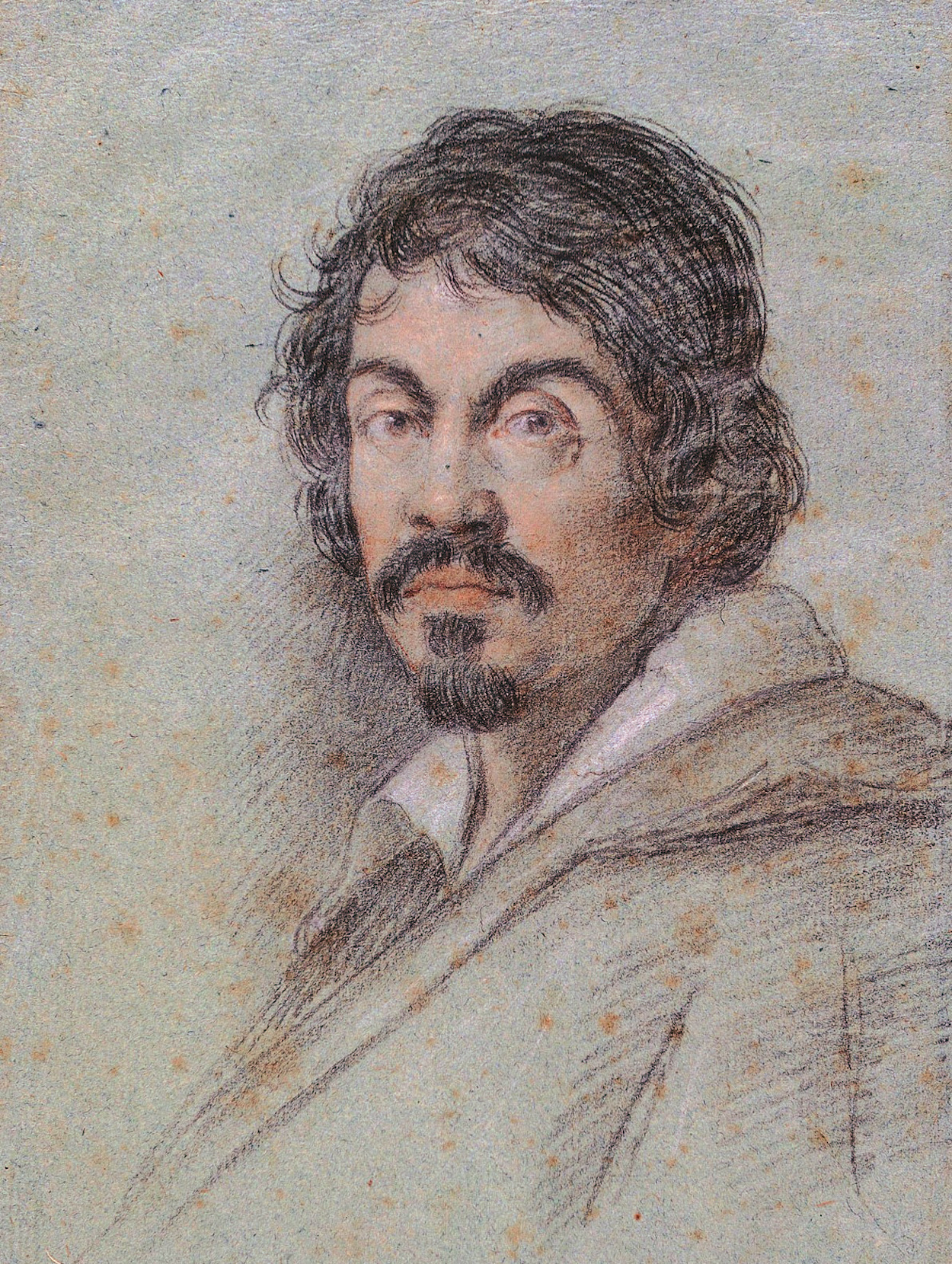The deuterocanonical Book of Judith tells how Judith served her people by seducing and pleasuring Holofernes, the Syrian General. Judith gets Holofernes drunk, then seizes his sword and slays him: "Approaching to his bed, she took hold of the hair of his head." (Judith 13:7–8)
Michelangelo Merisi da Caravaggio, known as simply Caravaggio, was the enfant terrible of art in 16th-century Rome. His paintings combine a realistic observation of the human state, both physical and emotional, with a dramatic use of lighting, which had a formative influence on Baroque painting. And guess what ... he was born on this day in 1571!
In the painting we present today, one of the most famous and influential of Caravaggio, the artist's approach was to choose the moment of greatest dramatic impact: and here we have the moment of decapitation itself. The figures are set out in a shallow stage, theatrically lit from the side, isolated against the inky black background. Judith's maid Abra stands beside her mistress to the right as Judith extends her arm to hold a blade against Holofernes's neck; lying on his stomach, neck contorted as he turns his head towards his assassin, he is vulnerable. X-rays have revealed that Caravaggio adjusted the placement of Holofernes' head as he proceeded, separating it slightly from the torso and moving it minutely to the right. This painting was extremely influential for the artists of the epoch.
Please check our -25% presale on DailyArt 2024 Calendars. These are the last days of the discount, so don't miss it!
P.S. Caravaggio is one of the best-known Baroque painters; read his story told in 10 of his most iconic artworks!

.jpg)
 Caravaggio
Caravaggio